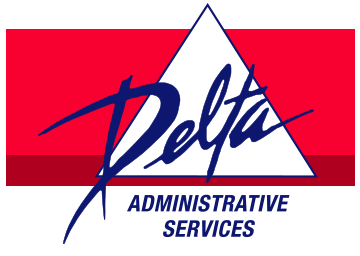As we approach the new year, it's crucial to stay informed about the latest developments…
COVID-19 Update November 9, 2020
Vote counting has neared its end, with many news outlets declaring that Joe Biden will be next President of the United States, as well as another split Congress between the two parties. However, since each state determined its own voting measures to curb COVID-19 cases, President Donald Trump’s campaign and other Senate/House candidates are suing to determine if certain results are constitutional. Once things settle down, we should be able to provide further guidance on what to expect from the winners of this year’s election.
The results of the approved ballot measures seem to be set in place. Five states specifically voted on cannabis laws – although all marijuana use is still illegal under federal law, 35 states now will allow medical use, and 15 of those states and D.C., also will allow recreational use. California’s passage of Proposition 22 provides independent contractor exemption for Uber, Lyft, and other online-based transportation businesses
In a final rule released Oct. 29, the Department of Labor (DOL), Treasury, and Health and Human Services (HHS) have detailed new requirements for employer-sponsored group health plans to provide plan enrollees with estimates of their out-of-pocket expenses for services from different health care providers. The guidance is part of the federal government’s attempt to create price competition in the health care marketplace.
There are several states that require employers to reimburse for all necessary business-related expenses. SHRM has released more information on when employers should reimburse expenses for remote workers. Additionally, the U.S. Centers for Disease Control and Prevention (CDC) advised most employers to send employees home when they’ve had a risk of COVID-19 exposure under the agency’s “close contact” definition. Here are the key contact-tracing steps attorneys say employers should take when following CDC guidelines:
- Update policies & procedures.
- Conduct a 6-15-48 analysis.
- Interview infected workers over the phone.
- Structure work to limit and track contacts.
- Maintain other preventative measures.
- Train all employees.
If you have any questions on any of this information, please don’t hesitate to reach out for help.
